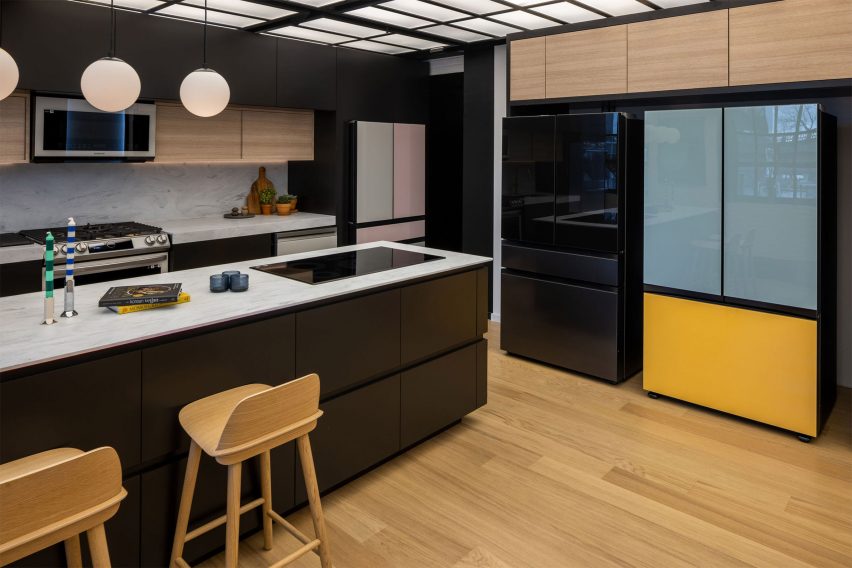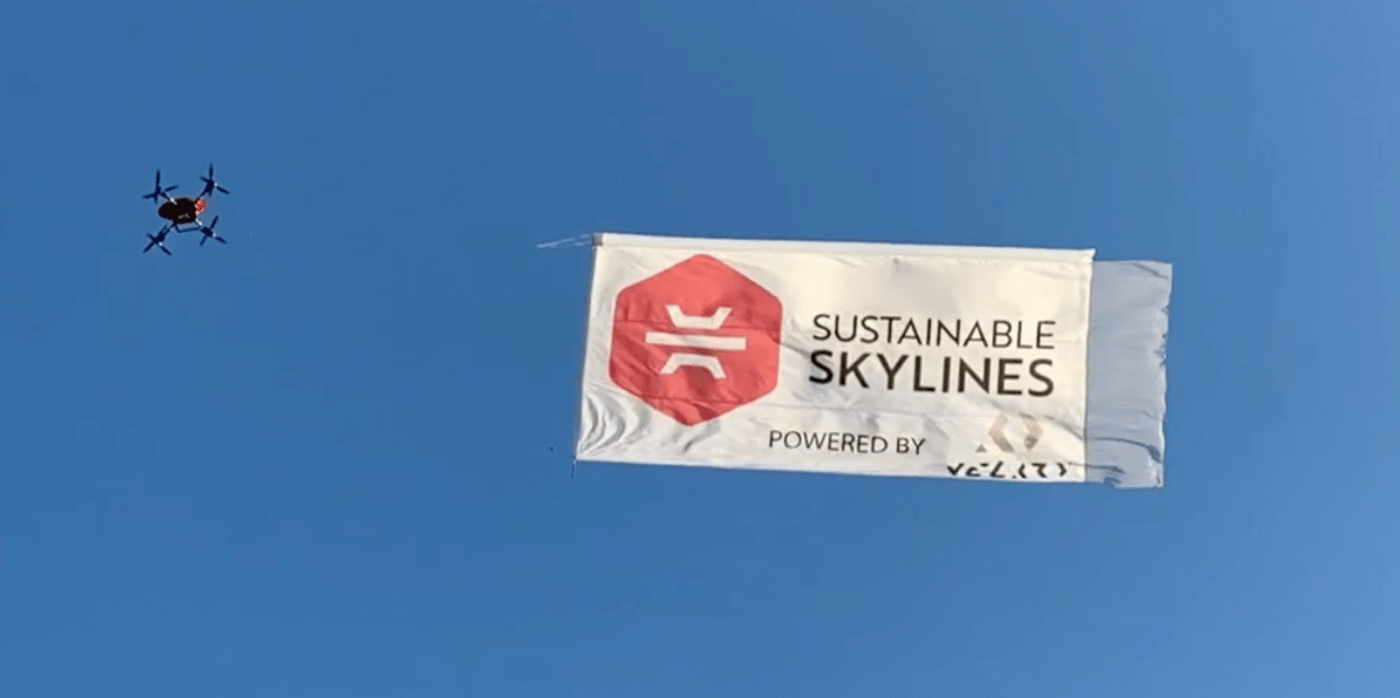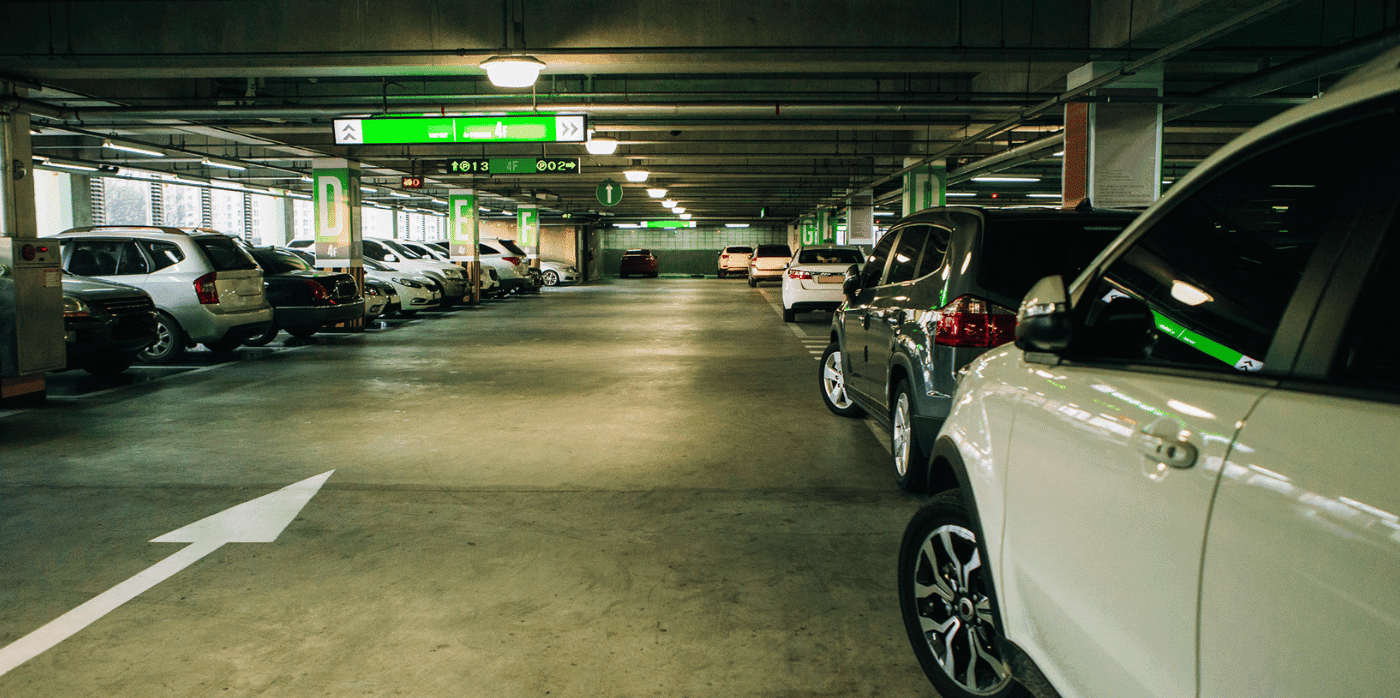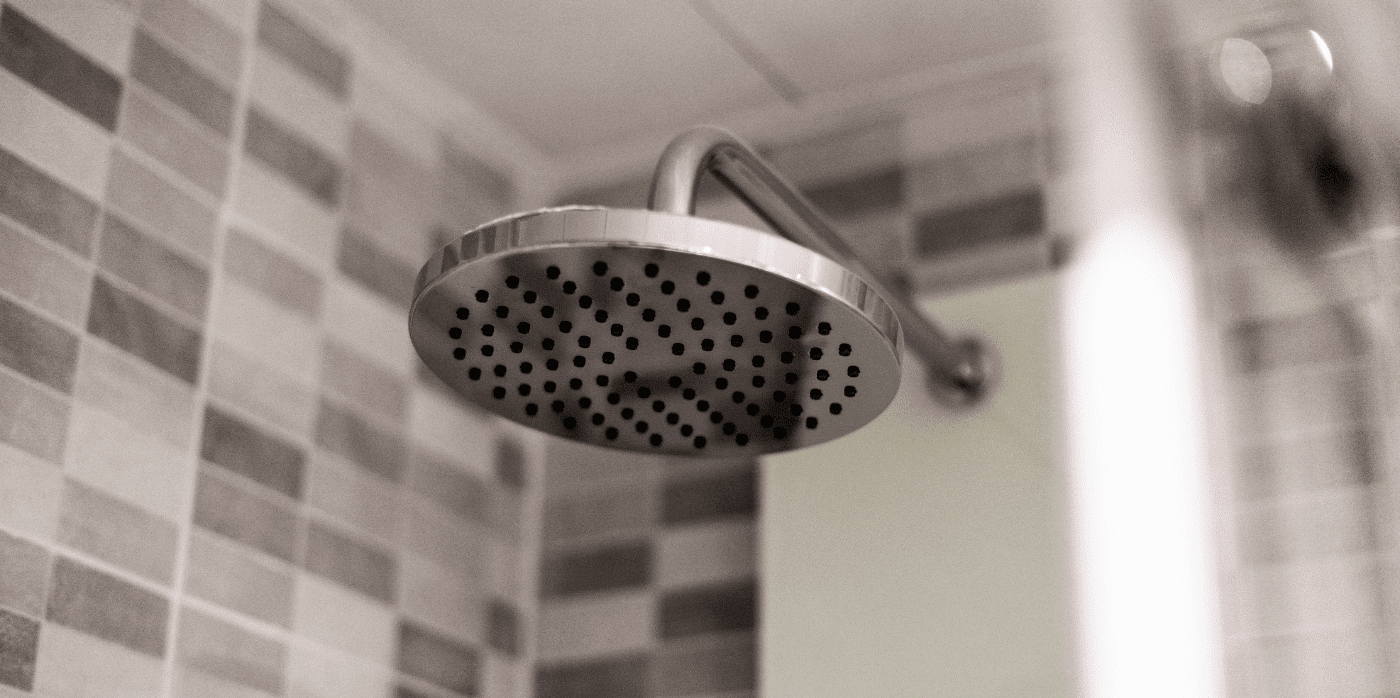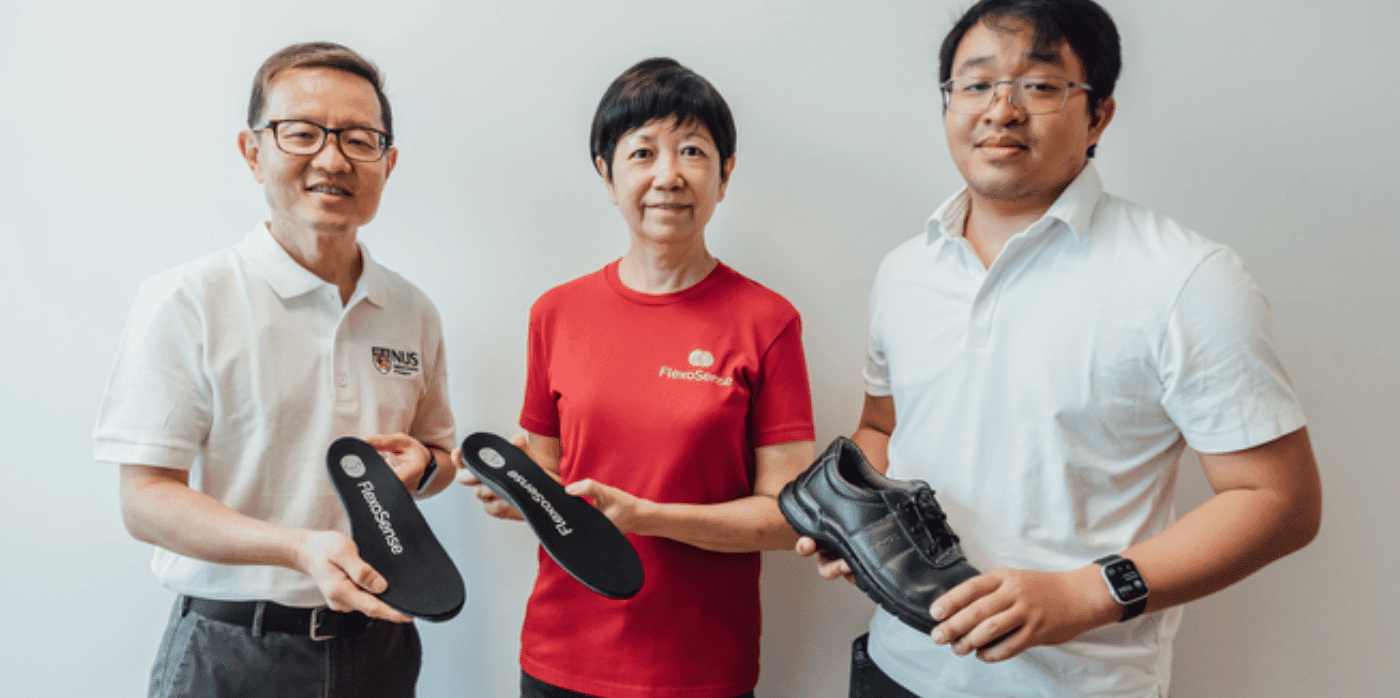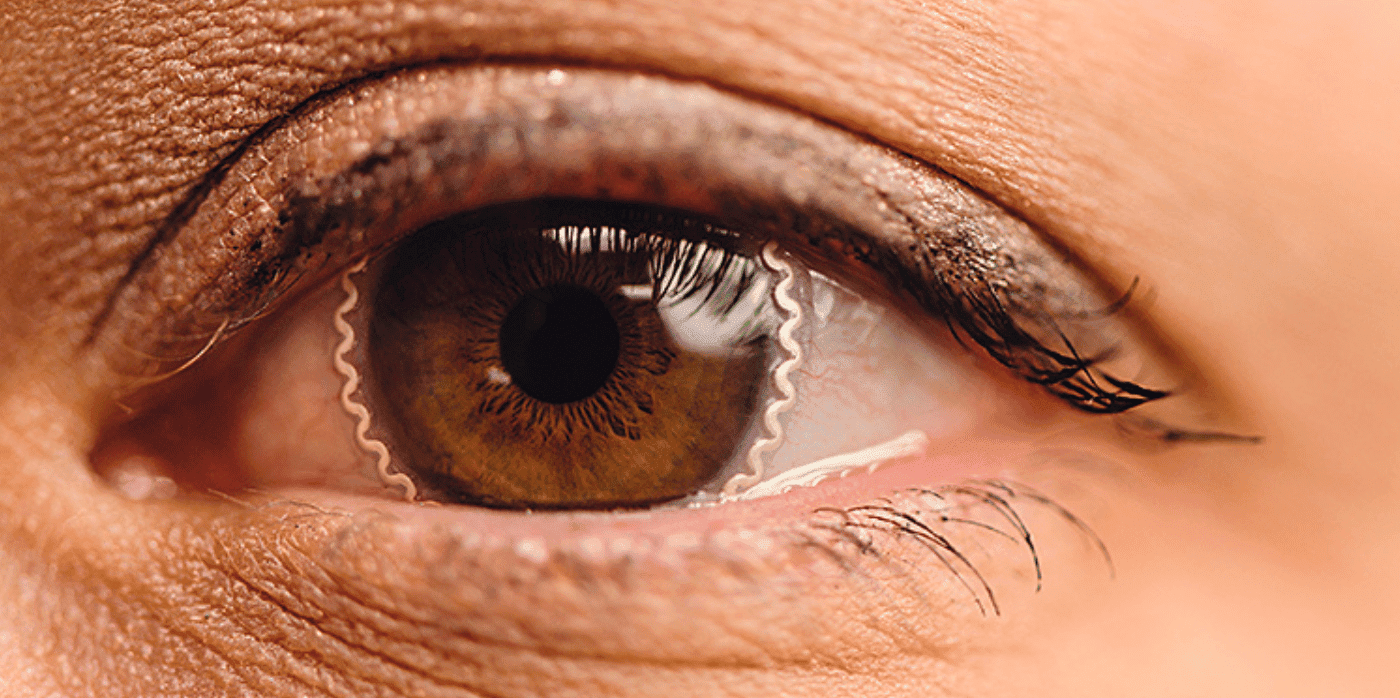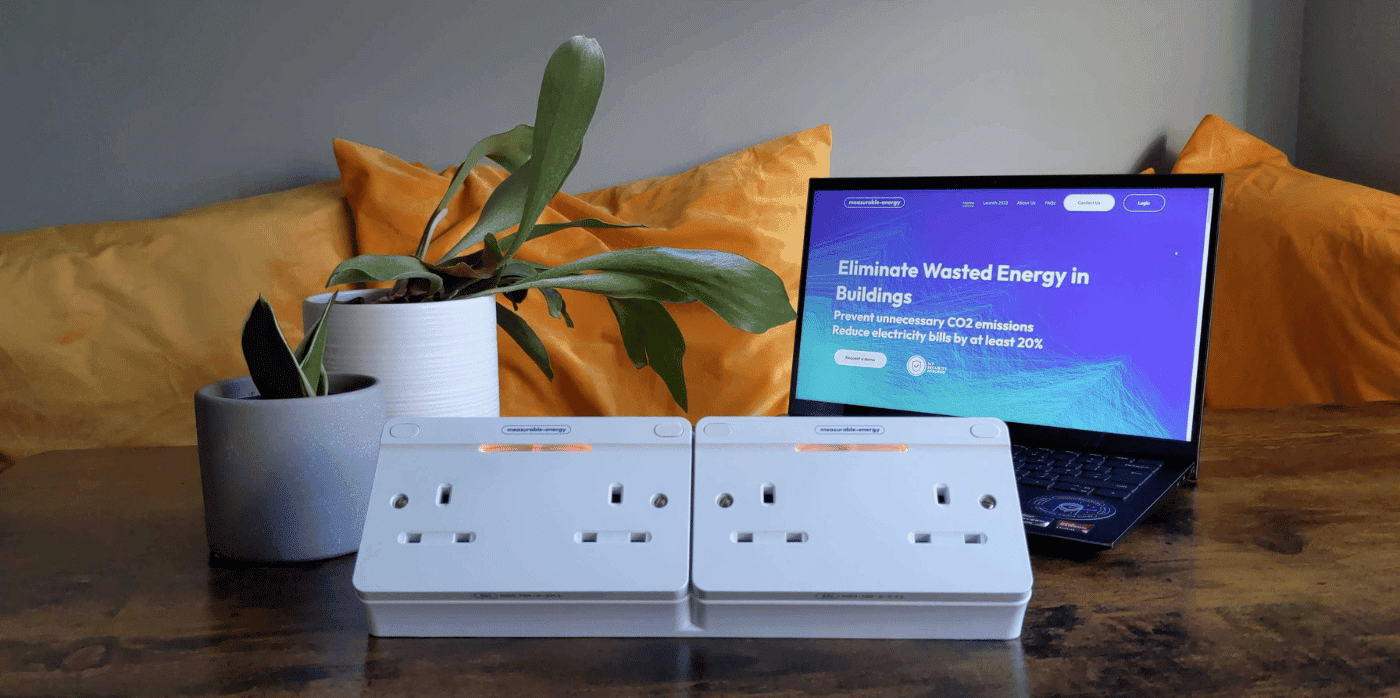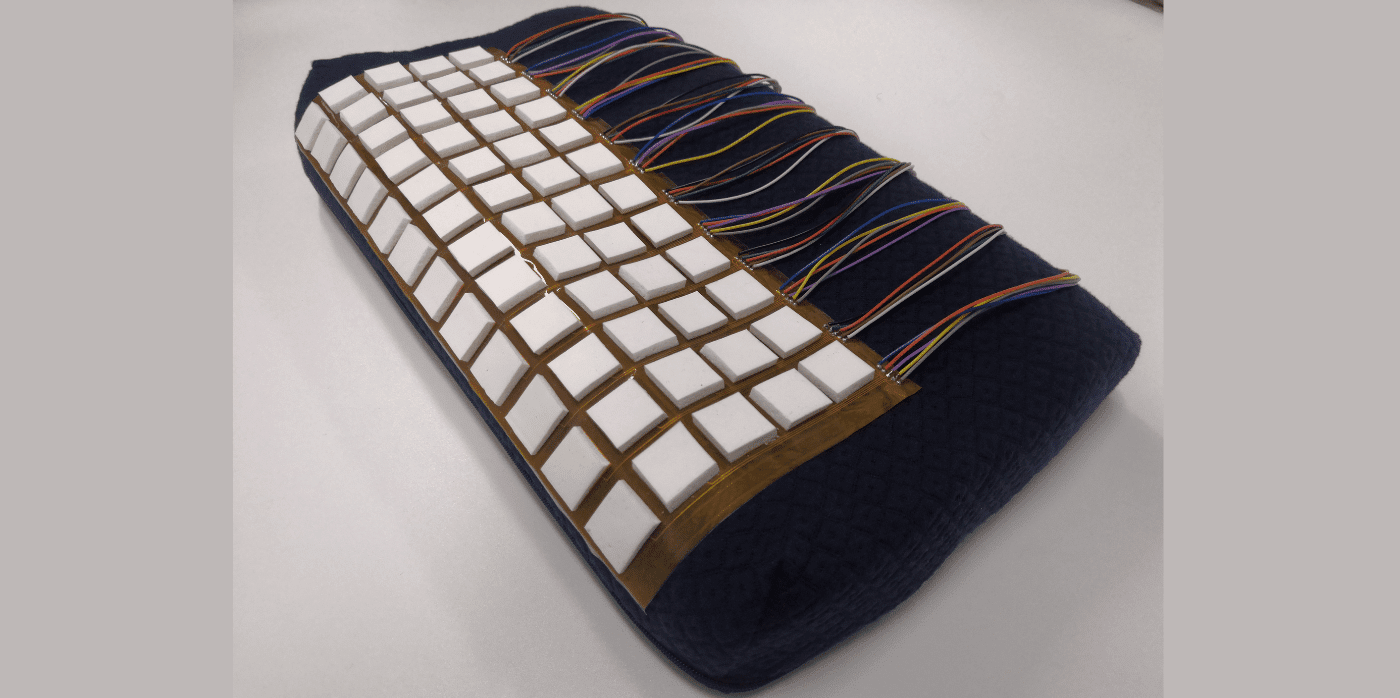Samsung’s flagship New York store offers immersive smart home experience
Samsung’s flagship experience store in New York City, which has been captured in this exclusive video produced by Dezeen, has been designed to enable visitors to envision living in a smart home.
Located in Manhattan’s Meatpacking District, the Samsung 837 store is described by the brand as an “interactive playground” and allows visitors to interact with Samsung’s latest connected home devices.
Located on the second floor, the SmartThings Home section allows visitors to test its connected products in a simulated smart home environment.
The section features a connected kitchen where products, such as Samsung’s Bespoke Refrigerator, are on display, allowing users to test its touchscreen capabilities.
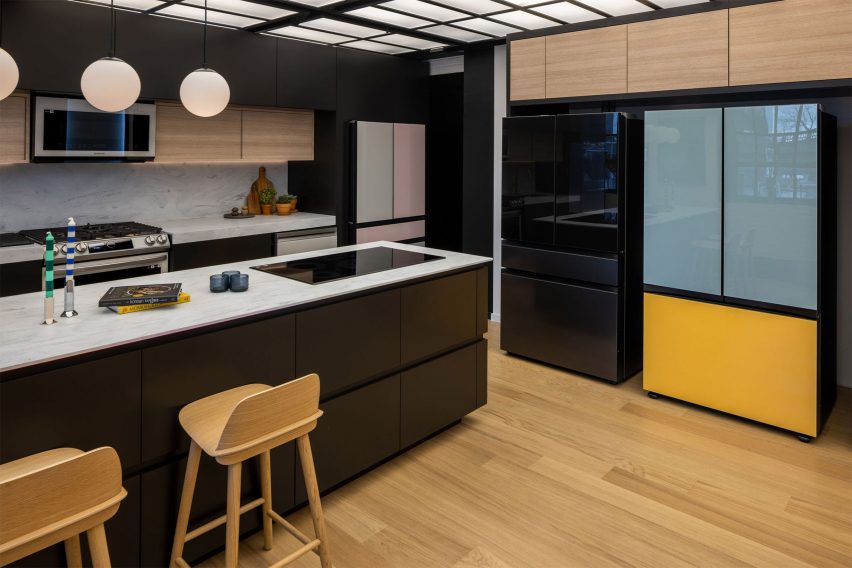
The store also features a gaming lounge in which visitors can use consoles to play games in real-time.
Additionally, the SmartThings Home section includes a children’s bedroom, which features a projector where visitors can experience watching movies in bed.
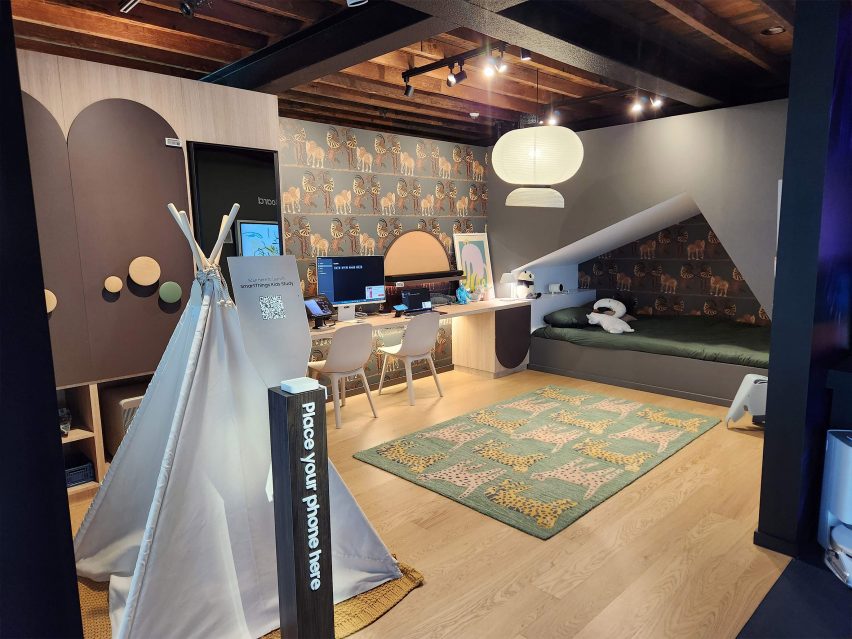
Samsung customers can download its SmartThings app to connect and monitor all of their smart home devices in one place. Users can monitor their energy consumption in a bid to reduce their energy bills using the SmartThings Energy activation within the app.
Also exhibited in the space is Samsung’s Bespoke service, which allows visitors to customise Samsung products to suit their individual style, including custom colour combinations and finishes.
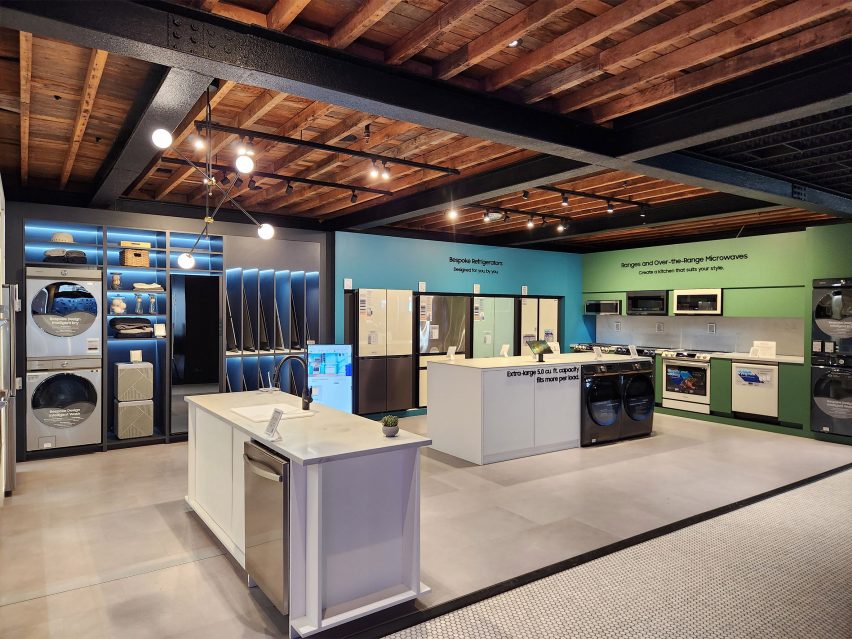
Samsung uses the flagship experience store to host a variety of talks and events throughout the year. Recently, Dezeen partnered with Samsung to host a live panel discussion in the flagship store, exploring the topics of technology and sustainability.
The talk was moderated by Dezeen’s US editor Ben Dreith and featured a panel including Barent Roth, Matthew Spencer and Claudia Santos, who discussed how connected homes can enable more sustainable lifestyles.
Partnership content
This article was written by Dezeen for Samsung as part of a partnership. Find out more about Dezeen partnership content here.

